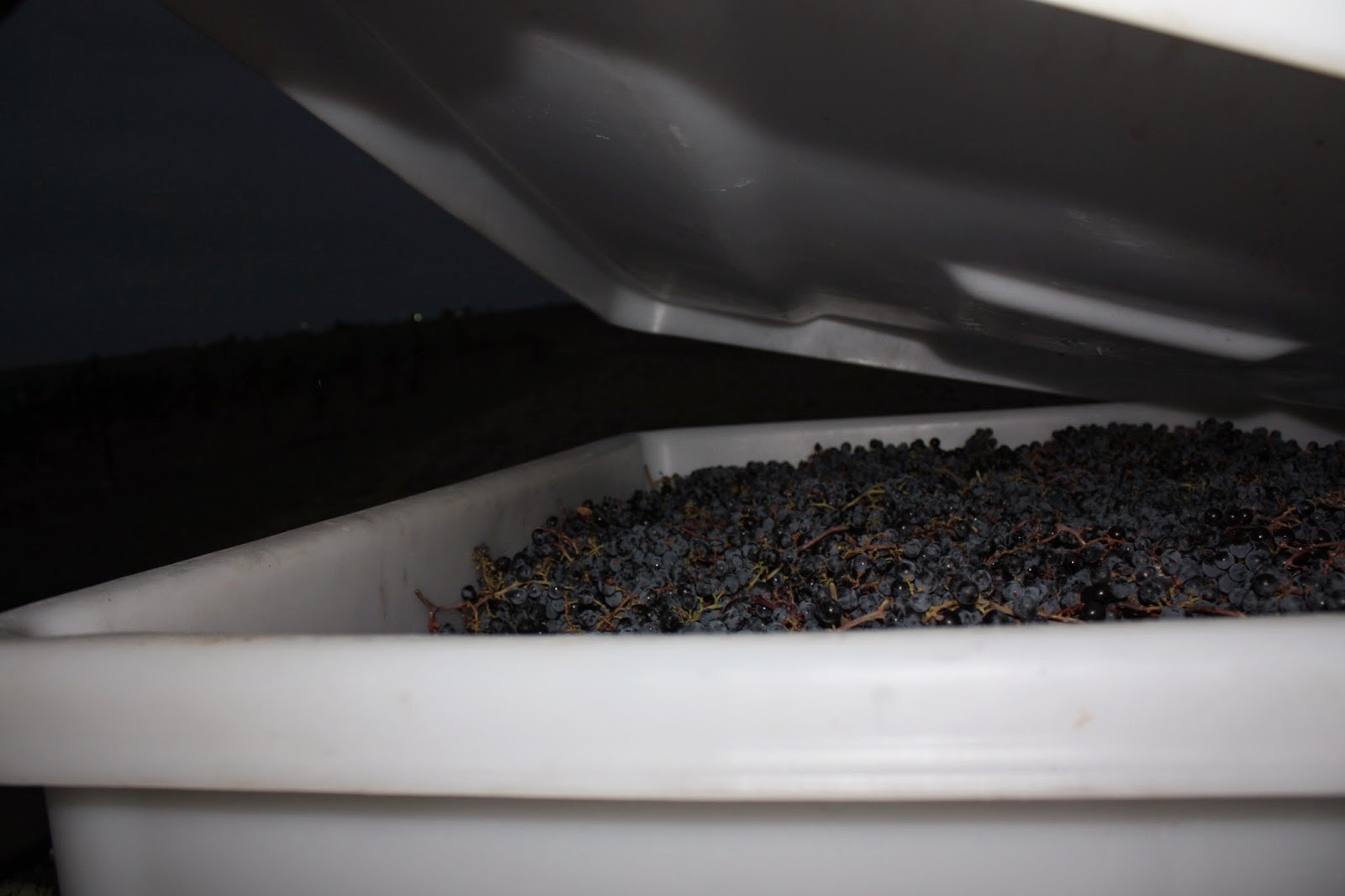Wednesday, October 22, 2014
Historic Rocky Ford Creek
The top photo shows the Trading Rock with Chief Moses Rock in the background.
Middle photo is Rocky Ford Creek, the blue-ribbon trout stream.
Bottom photo is a group of old trees which marks the spot of Lord Blythe's home. Blythe was a Scotsman who ranged great herds of cattle between Ephrata and Moses Lake back in the late 1800s, and remains a legendary local figure. The Blythe house stood until the 1970s when it burned in a grass fire.
Chief Moses Rock
Rocky Ford Creek lies about 4 miles north of Cayuse. The area was an important camping ground for Chief Moses and the Sinkyuse band of Indians in the late 1800s. I finally got some time to go explore a few weeks ago.
The large upright boulder in the top photo is called the "Chief Moses Rock." The Indians would tie a rope around the rock and then anyone who wanted to could tether their horse (or "cayuse") to the rope.
A couple hundred yards to the south lies the flat rock in the lower photo, known as the "Trading Rock." This is where the Indians placed their bets before the horse races across the alkaline flats adjacent to the creek.
These rocks were identified in the 1940s by a Sinkyuse named Billy Curlew, who camped in the area with the Moses band as a boy:
"We arrived at the base of a hill to the west and a large rock about 10 feet high and 10 feet in diameter. This, Billy informed us, was the site of one of the most important camps of the Moses Band. Its Indian name is Un-ta-pas-neat, meaning 'rock on the hill side.' ... For the convenience of Chief Moses and his guests a rope to which horse could be tethered was stretched about the big rock."...
"As a boy Billy saw the trading rock often piled high with buffalo hides and other articles that were bet on the (horse) races. The rock was also the place at which trading activities were conducted." - From the book Forgotten Trails by Ron Anglin, published by Washington State University Press.
End of Season
In all we were able to place over 4 tons of grapes, and with some very reputable winemakers. Not bad for our first season of production! I'm very proud of the fruit, although as the grower my eyes are always drawn to where we can do better next year.
Update: Pete Beaumont reports the "must" (crushed grapes) came in at 25 brix, .49 TA (titratable acids) and 3.4 pH. He's pleased with those numbers and says the must is "fermenting nicely." As the humble grower I'd say the sugars and pH are absolutely optimum, and the acids a little low. As the grapes ripen the acid levels drop while the sugar levels rise - your goal is to harvest at the moment when they are in optimum equilibrium (say, 25 brix and .60 TA). But you ultimately defer to the preferences of the winemaker who, after all, has to sell the wine!
Dennis @ Camas Cove reported slightly lower brix and was also somewhat surprised that he didn't get more volume of juice out of the tonnage of grapes. That may be a function of my style of growing, which is to severely limit the amount of water applied during the ripening phase. I believe this "deficit irrigation" concentrates the flavor in the berry. It does increase the ratio of skin to juice however.
Subscribe to:
Comments (Atom)










